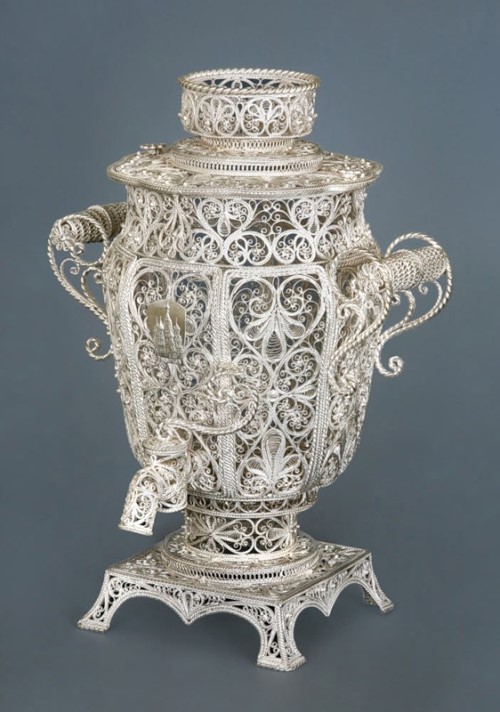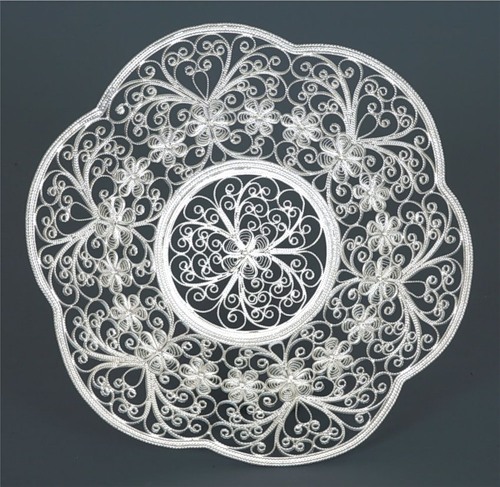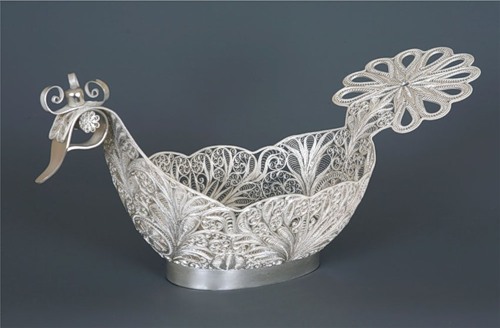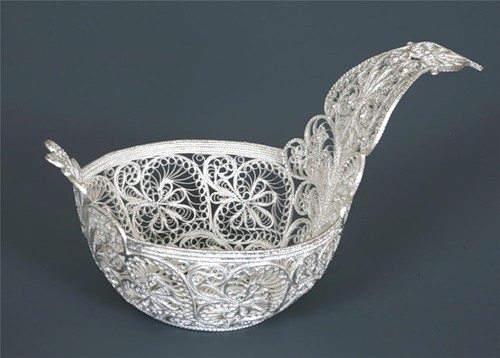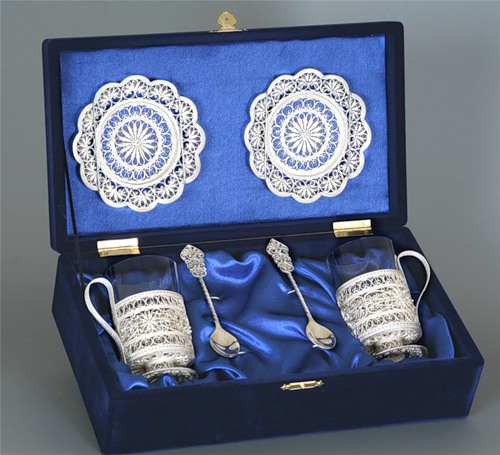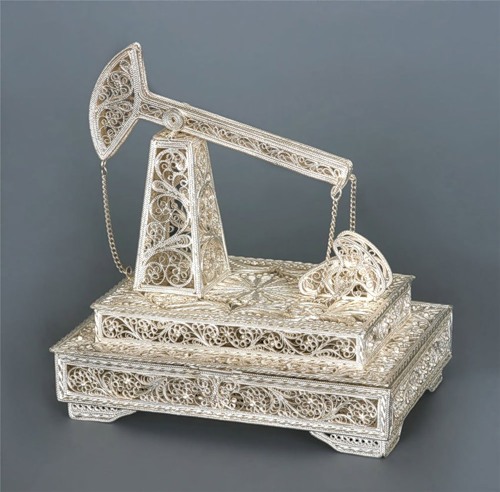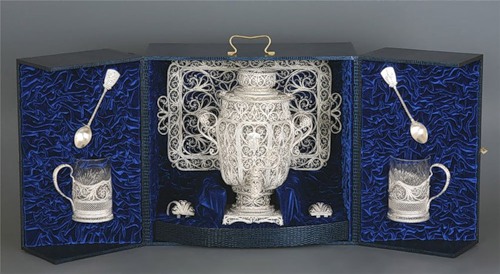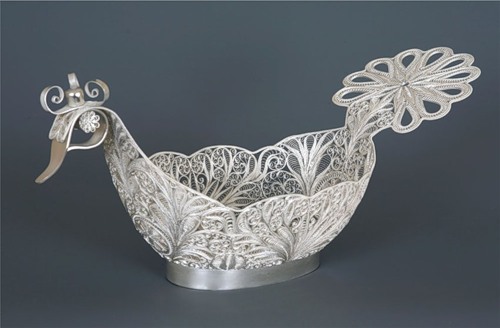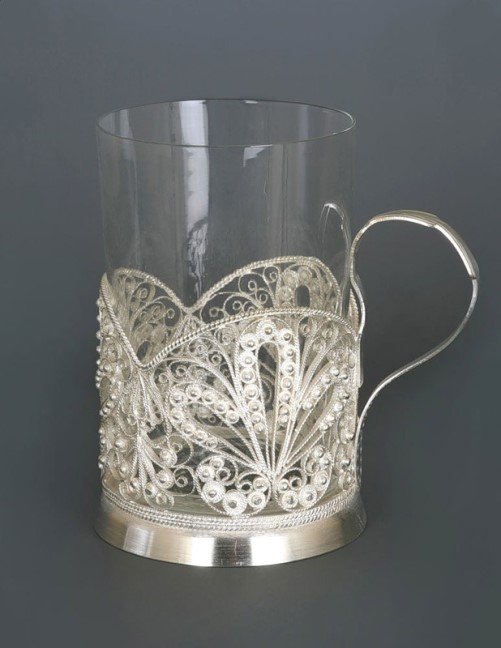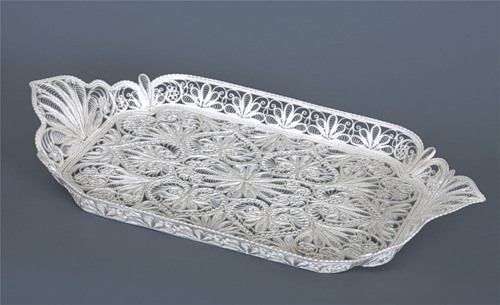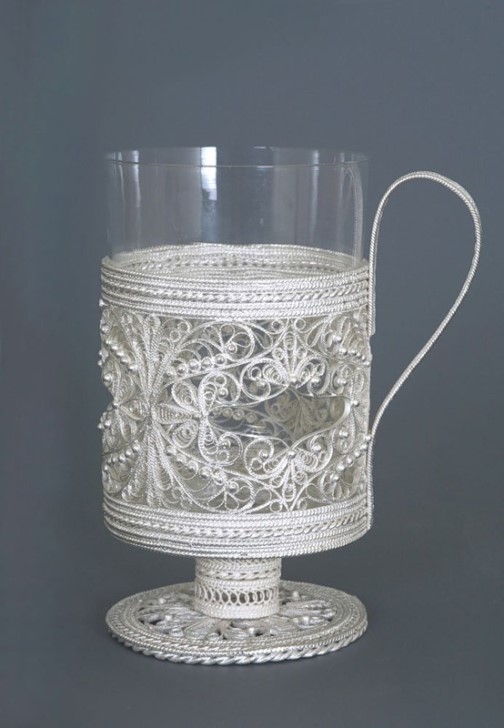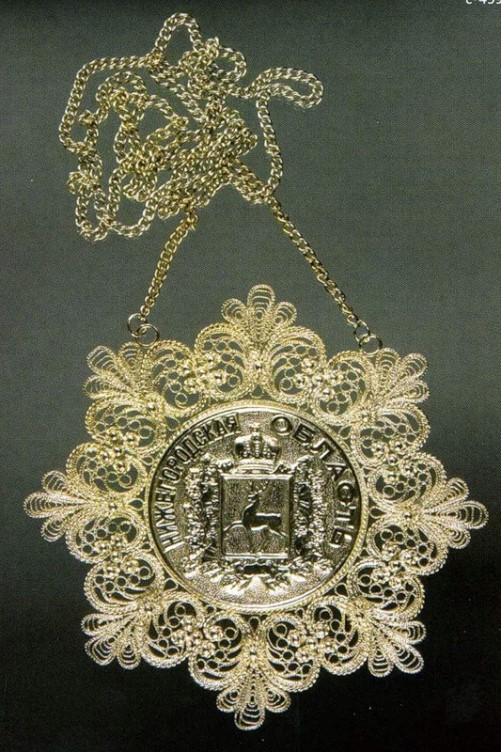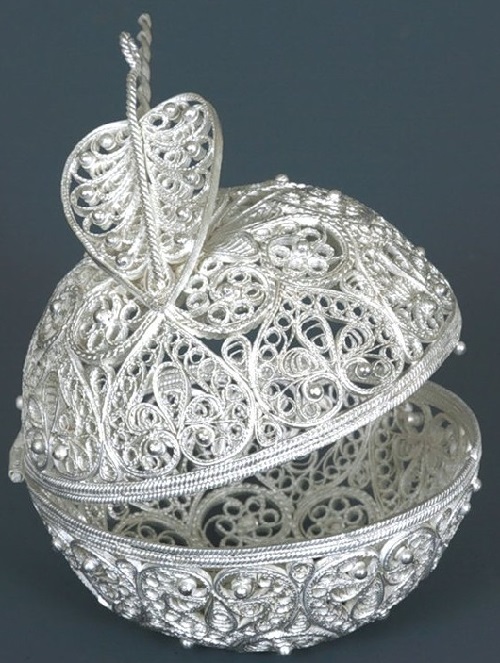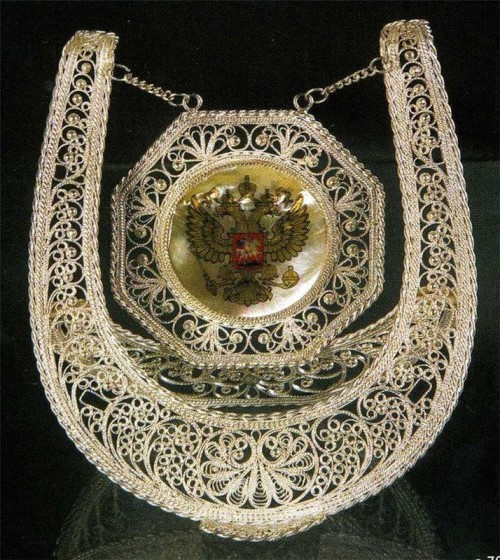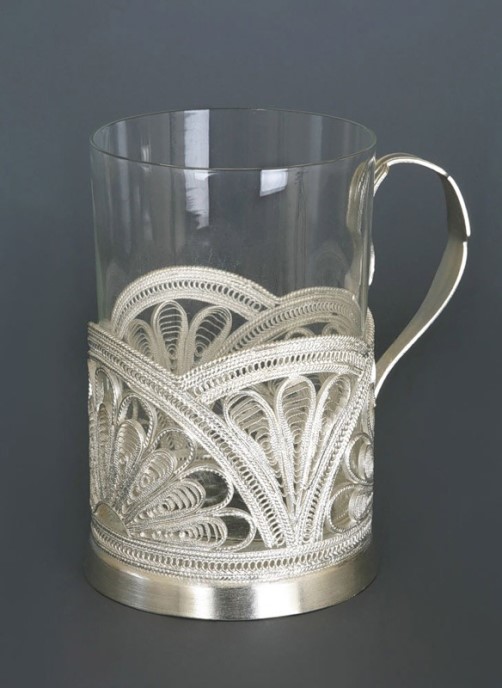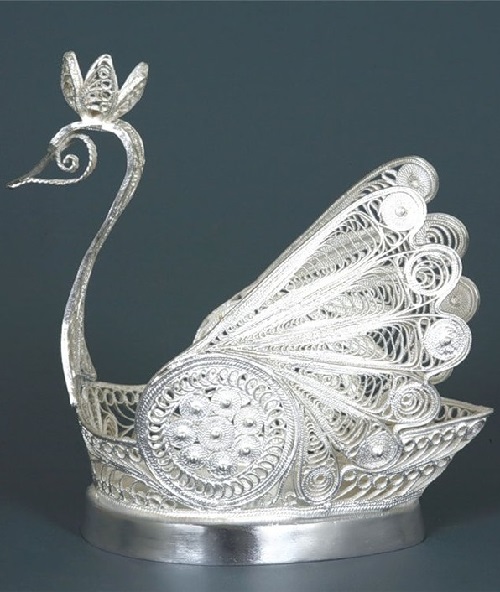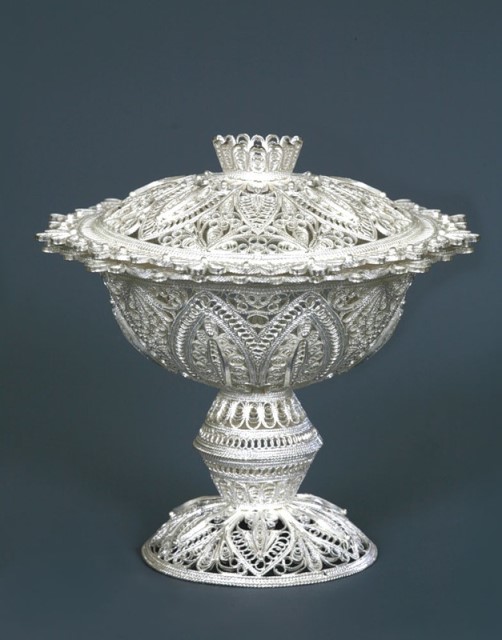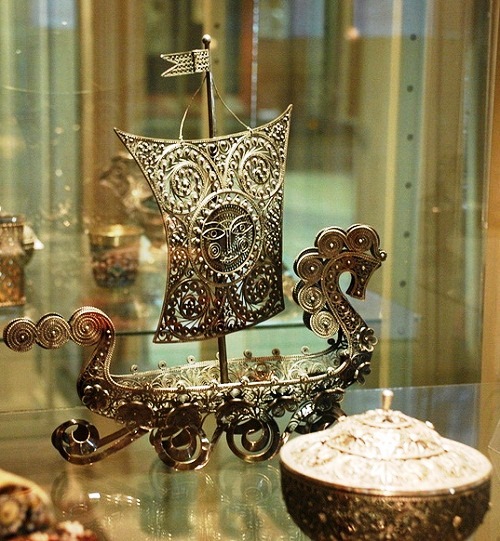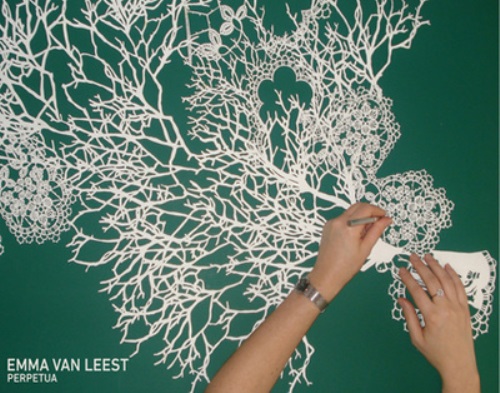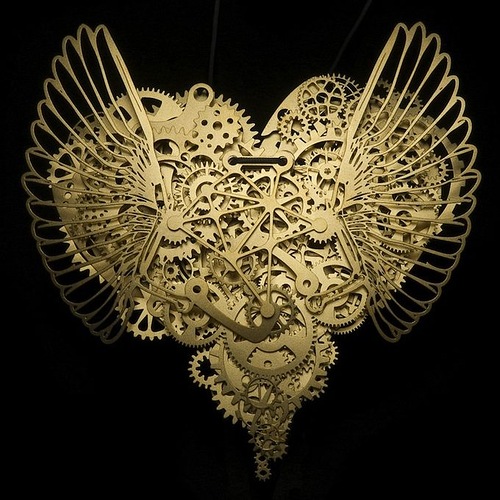Beautiful Filigree made in Russia
Filigree made in Russia
In fact, Jewelry masterpieces made from thin wire, known as filigree in English, has various namnes in various countries. In particular, “Филигрань” in Russian, “filigrana” in Italian, “filum” – in latin (thread) and granum (grain).
Since the XIX century things of filigree appeared in large quantities. Diverse in the assortment, people used stunning and expensive everywhere – from kitchen plates and church utensils, to women’s accessories. Meanwhile, technological methods reached high perfection. And in Russia decorative metal art has always held a prominent place. The Kievan Rus wizard possessed many ways artistic casting. However, the greatest flourishing metal art reached in XIV-XVII centuries. And even more widespread the Russian metal treatment received at the end of XVIII- early XIX century.
One of the most interesting and ancient methods of making art products, Filigree in the Greek means to twist. Material for the production of filigree is twisted or smooth, sometimes rolling flattened wire of copper, silver, and gold. Production process of filigree art pieces is very laborious. Openwork filigree – an independent method of producing a variety of artistic objects: vases for fruit and candy, sugar bowls, brooches, etc.
As a kind of jewelry art, filigree is delicate pattern of fine gold, silver or copper wire, smooth or wound in rope. In addition, often complemented with beading (small silver or gold beads) and enamel.
One of the traditional forms of art metal, filigree originated in ancient times, and has not changed till now.
Very often, masters create filigree decorations (in order to ennoble their appearance) of oxidized silver.
In the XVIII century produced great scans of articles, along with the stones – widely used crystal, mother of pearl. At the same time, widely used small silver things: vases, salt shakers and boxes.
Beautiful Filigree made in Russia
liveinternet.ru/users/4228185
